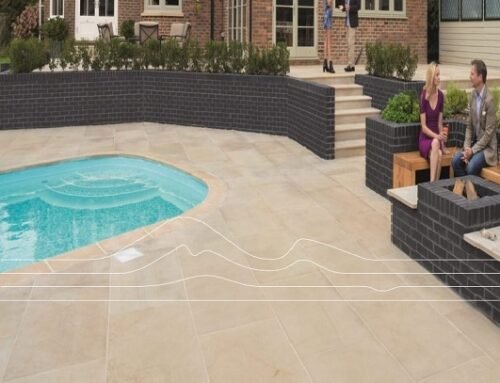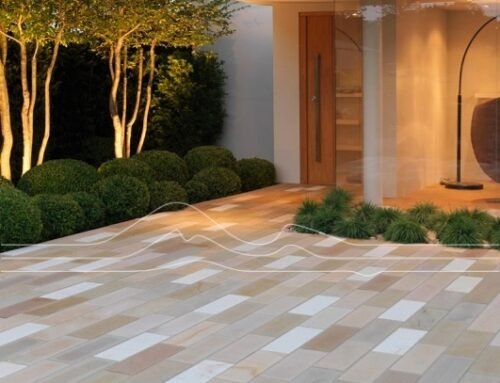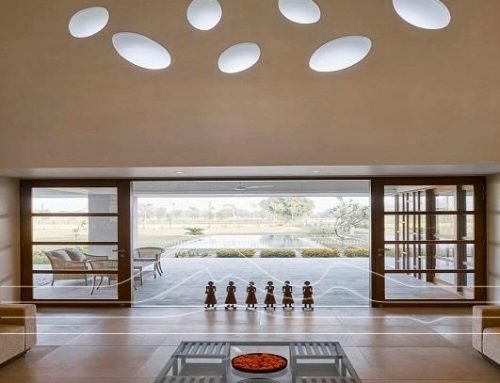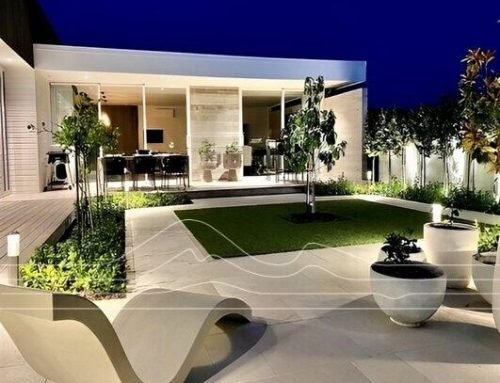The architectural vocabulary of designers and architects encompasses a range of building materials based on the needs. These materials are the building blocks that make designs come alive and give structures distinct identities. The choice of materials used in a building could be based on functionality, aesthetics, cost or sourcing ease. Depending on the beauty, utility, economy, comfort and convenience, architects may choose natural or man-made materials. Both have their merits and demerits. In general, natural materials are more eco-friendly and suitable from a sustainability point of view.
Natural materials
Natural materials like stone, clay, wood, or sand are considered more sustainable, mitigating the amount of harmful environmental effects that can result in the manufacturing process and their transportation. The amount of processing has a direct impact on embodied energy – energy that is consumed from the manufacturing process to the transportation and final application – which in turn increases carbon emissions and cost. Natural architectural materials require far lesser energy to produce, since they can most often be found locally, having an effect on the entire supply chain. Environmental effect apart, natural materials have multiple advantages.
Stone as an architectural material
Natural stone is particularly sustainable, and is one of the oldest and most widely used building material on earth. The technical characteristics of natural stone, such as low water absorption, high compression strength, significant heat storage capacity or high frost resistance, give it an edge over many other building materials and makes it suitable for both interiors and exteriors usage. Some key advantages of natural stone include:
- Durability
Natural stone is one of the strongest materials for architecture and has been used for centuries as a building material. The compressive strength of stone is comparatively higher than other materials, making it hard-wearing and long lasting. Since stone is durable, it also needs relatively low maintenance.

- Appearance
Natural stone’s inherent composition makes each slab unique in appearance and increases the scope for usage across interior and exterior spaces. The aesthetic value of stone is enhanced by the exclusive bands, colourations and even impurities, making it unique.
- Versatility
The variety of stones and their individual properties makes them suitable for a range of uses – driveways, countertops, walling, staircases, swimming pools, hard landscaping, curbs, paving and even to create bespoke features like fountains and fireplaces.
- Sustainable
Apart from low impact during processing, natural stone offers other sustainable features such as thermal insulation, and longevity, which makes it one of the most eco-friendly materials for architecture.
The aesthetic, functionality, economy, comfort and convenience of building material is key to the process of creating structures. As long as a material offers versatility, inherent strength, cost-effectiveness and the desired visual appeal, it is likely to be on the radar of architects. In the long term, it is important that the materials used have low impact on earth for a healthier environment.




Leave A Comment